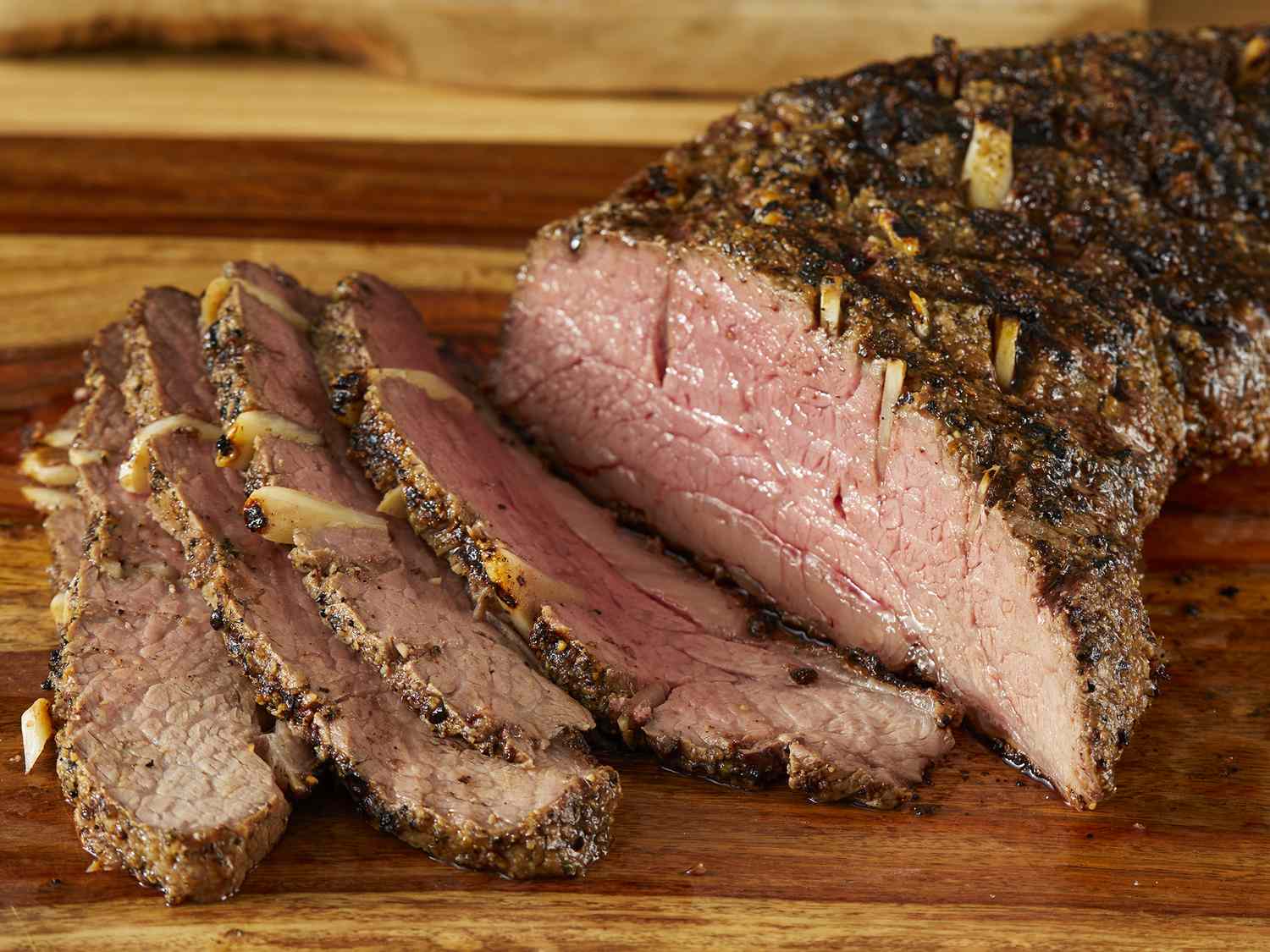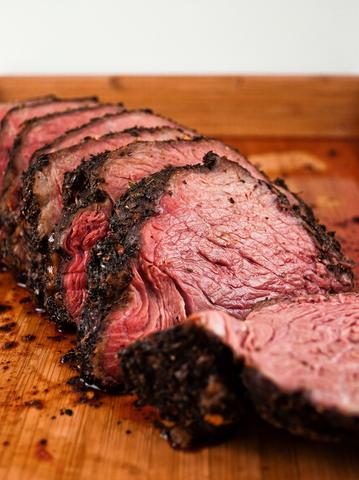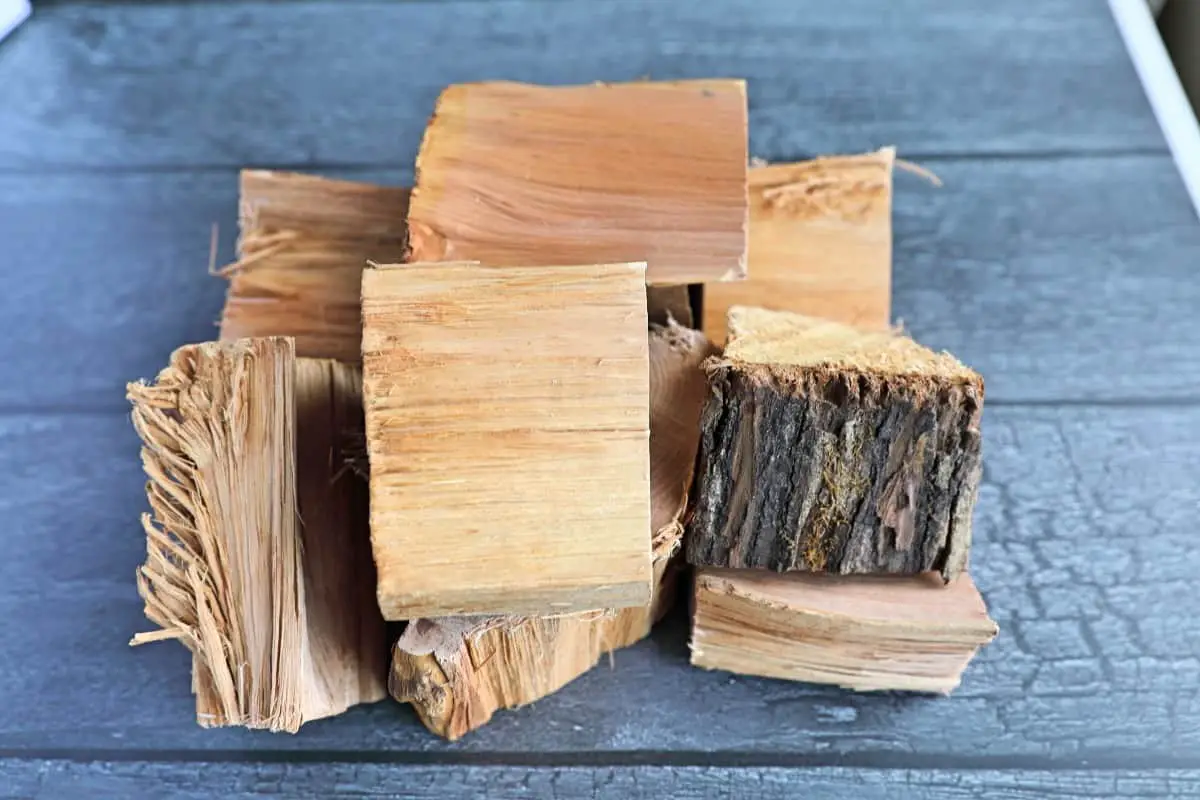A black squirrel is called a melanistic squirrel. It is a variation of the Eastern Gray Squirrel.
Melanistic squirrels have a unique genetic mutation. Their fur appears black due to high melanin levels. These squirrels are commonly found in North America. They thrive in urban areas and forests. Melanistic squirrels are not a separate species. They belong to the same species as gray squirrels.
Their darker color provides better camouflage in dense forests. It also helps in colder climates by absorbing more heat. People often find them fascinating and unique. Observing these squirrels can be an interesting experience. They add diversity to local wildlife. Their presence indicates a healthy and adaptable ecosystem.
Introduction To Black Squirrels
Black squirrels are a fascinating sight in nature. They are not a separate species but a color variant of the common gray squirrel. Their unique black fur makes them stand out.
Appearance And Characteristics
Black squirrels have a distinct appearance. Their fur is dark black, making them easy to spot. They have the same body structure as gray squirrels. They also have bushy tails, sharp claws, and large eyes. Black squirrels are known for their agility and quick movements.
Distribution And Habitat
Black squirrels are found in North America. They live in both urban and rural areas. These squirrels prefer wooded areas with plenty of trees. They build nests in trees for shelter. Black squirrels are often seen in parks and gardens.
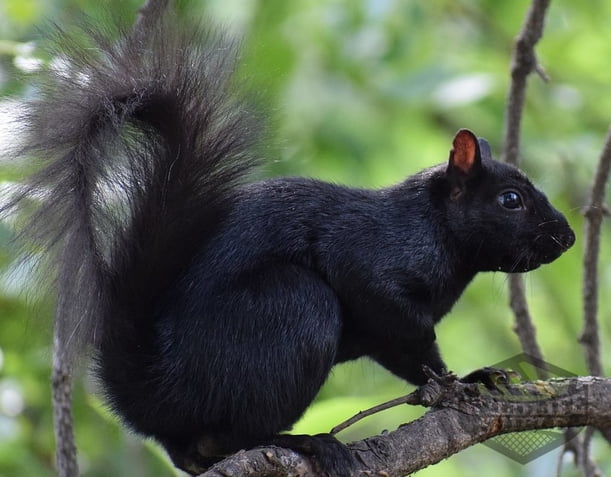
Credit: www.squirrelcontrol.ca
Genetic Origins
Black squirrels are fascinating creatures with unique genetic origins. They are not a separate species but rather a color variation of the common gray squirrel. This color change is due to specific genetic factors.
Melanism In Squirrels
Melanism is the increased development of the dark-colored pigment melanin. This causes the black coloration in squirrels. It is the opposite of albinism, where there is a lack of melanin.
Black squirrels have high melanin levels in their fur. This gives them their distinct dark appearance. Melanism can occur in many animal species, including squirrels.
Genetic Mutations
The genetic mutation responsible for melanism in squirrels occurs in the gene MC1R. This gene affects the production of melanin in the fur.
Here’s a simple table explaining the genetic differences:
| Gene | Effect |
|---|---|
| MC1R | Increases melanin production |
Black squirrels inherit the MC1R mutation from their parents. If both parents carry the mutation, the offspring are likely to be black. This genetic inheritance follows Mendelian principles.
In summary, black squirrels are a product of natural genetic variations. Their unique coloration is due to melanism and specific genetic mutations.
Types Of Black Squirrels
Black squirrels are fascinating creatures with unique characteristics. There are different types of black squirrels based on their species. The most common ones are variants of the Eastern Gray Squirrel and the Fox Squirrel.
Eastern Gray Squirrel Variants
The Eastern Gray Squirrel, known scientifically as Sciurus carolinensis, can have a black variant. This variant is common in specific regions.
- Melanistic Variant: This type has a genetic mutation causing black fur.
- Distribution: Black Eastern Gray Squirrels are often found in the Northeastern United States and Canada.
These squirrels are active during the day and are often seen in parks and forests.
Fox Squirrel Variants
The Fox Squirrel, scientifically known as Sciurus niger, also has a black variant. This variant is less common but equally interesting.
- Melanistic Variant: Similar to the Eastern Gray, this type has a mutation for black fur.
- Distribution: Black Fox Squirrels are found in the Southeastern United States.
Fox Squirrels are larger than Eastern Gray Squirrels and are also diurnal.
| Type | Scientific Name | Common Regions |
|---|---|---|
| Eastern Gray Squirrel | Sciurus carolinensis | Northeastern US, Canada |
| Fox Squirrel | Sciurus niger | Southeastern US |
Behavioral Traits
Black squirrels are fascinating creatures with unique behavioral traits. Understanding their behavior can help us appreciate these animals better. Let’s explore their diet, feeding habits, and social behavior.
Diet And Feeding Habits
Black squirrels have a varied diet. They enjoy nuts, seeds, fruits, and fungi. Their favorites include acorns, walnuts, and hazelnuts. They also eat bird eggs and small insects.
Feeding habits change with seasons. In autumn, they gather and store food. This behavior is called caching. It helps them survive winter. During winter, they rely on stored food. They can remember many hiding spots.
Social Behavior
Black squirrels are generally solitary animals. They prefer living alone. They mark their territory using scent glands. This helps keep other squirrels away.
There are exceptions, though. During mating season, they become more social. Male squirrels compete for female attention. After mating, females raise the young alone. They build nests called dreys. These nests are made from twigs and leaves.
Young squirrels stay with their mother for a few months. Once they are old enough, they leave to find their own territory.
Adaptation And Survival
Black squirrels, also known as melanistic squirrels, have unique adaptations. These adaptations ensure their survival in various environments. Their striking black fur is not just for show. It plays a crucial role in their day-to-day life.
Predator Evasion
Black squirrels have a natural advantage against predators. Their dark fur allows them to blend into shadows. This makes it harder for predators to spot them. They are especially hard to see during dawn and dusk.
Their agility is another key factor. Black squirrels are incredibly fast and nimble. They can quickly climb trees to escape danger. Their sharp claws provide excellent grip. This helps them stay safe from ground-based threats.
Climate Adaptability
Black fur absorbs more heat than lighter fur. This helps black squirrels stay warm in colder climates. They can thrive in areas with harsh winters. This fur color also offers some protection against the cold.
In warmer climates, black squirrels seek shade. They are often found in dense forests. These areas provide cooler temperatures. This helps them avoid overheating and stay comfortable.

Credit: www.reddit.com
Cultural Significance
Black squirrels hold special significance in various cultures around the world. These unique creatures have inspired myths, legends, and pop culture references. Let’s explore their cultural impact in detail.
Myths And Legends
In many cultures, black squirrels are considered magical beings. Ancient folklore often depicted them as guardians of the forest. They were believed to bring good luck to those who saw them.
Some Native American tribes saw black squirrels as symbols of protection. They thought these squirrels could ward off evil spirits. European myths often featured black squirrels as messengers of the gods. They were seen as spiritual guides.
Black Squirrels In Pop Culture
Black squirrels have found their way into modern pop culture. They appear in movies, TV shows, and books. For example, in the animated film “The Nut Job,” a black squirrel named Surly is the main character.
In literature, black squirrels often symbolize mystery and intrigue. They add an element of the unknown to stories. Black squirrels also appear in children’s books, teaching lessons about nature.
| Medium | Example | Significance |
|---|---|---|
| Film | The Nut Job | Main Character |
| Literature | Various Folktales | Symbol of Protection |
| Television | Animated Series | Element of Mystery |
Conservation Efforts
Conservation efforts for black squirrels are crucial. These efforts help maintain their populations and habitats. Conservationists focus on two main areas: population monitoring and habitat protection. Let’s explore these efforts in more detail.
Population Monitoring
Population monitoring involves tracking black squirrel numbers. Scientists use various methods to count them. These methods include:
- Field Surveys
- Camera Traps
- Citizen Science Projects
Field surveys involve researchers counting squirrels in specific areas. Camera traps take photos of squirrels passing by. Citizen science projects engage the public in reporting sightings. Monitoring helps understand population trends and threats.
Habitat Protection
Protecting habitats is key to black squirrel survival. Efforts include:
- Creating Wildlife Corridors
- Preserving Forested Areas
- Promoting Urban Green Spaces
Wildlife corridors connect fragmented habitats. This allows squirrels to move safely. Preserving forests ensures squirrels have enough trees for food and shelter. Urban green spaces provide safe havens in cities.
Conservationists also work with local communities. They educate people on the importance of habitat protection. Community involvement increases support for conservation efforts.
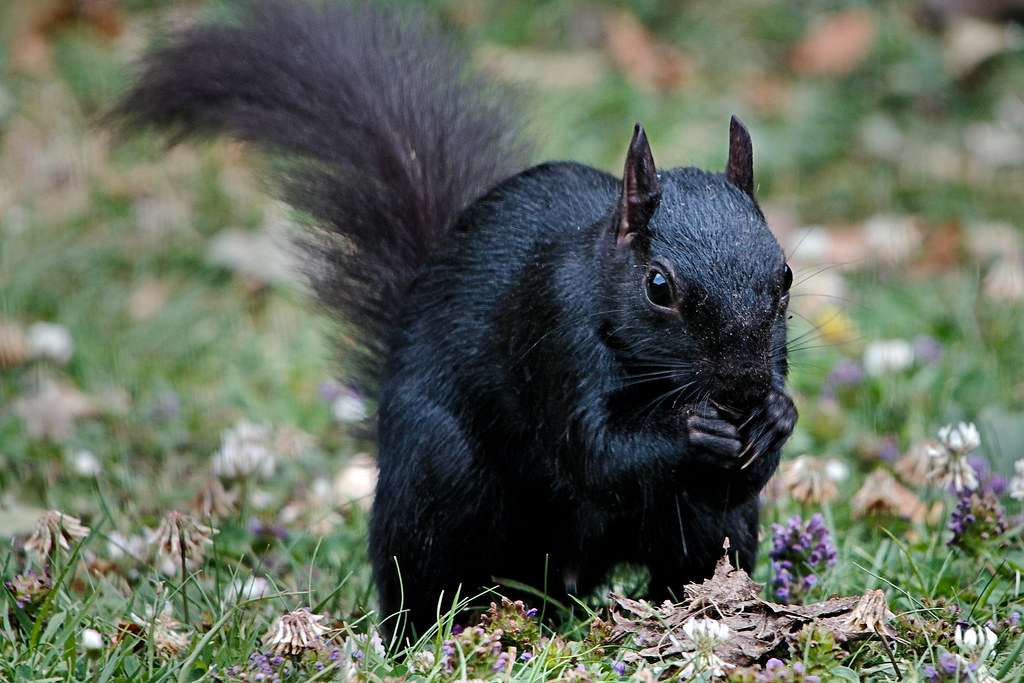
Credit: www.amherstindy.org
Frequently Asked Questions
What Is A Black Squirrel Called?
A black squirrel is a melanistic variety of the eastern gray squirrel. Melanism causes its darker color.
Are Black Squirrels Rare?
Black squirrels are relatively rare compared to gray squirrels. They are more common in certain regions.
Where Do Black Squirrels Live?
Black squirrels can be found in North America, particularly in the Midwest and Northeast regions.
Why Are Some Squirrels Black?
Melanism causes the black coloration in some squirrels. This genetic mutation affects their fur color.
Conclusion
Understanding what a black squirrel is called can enrich your wildlife knowledge. These unique creatures are simply melanistic squirrels. Their striking appearance makes them easy to spot. Whether you’re a nature enthusiast or just curious, knowing about black squirrels adds to your appreciation of biodiversity.
Keep exploring to discover more fascinating wildlife facts.
Learn More About Grilling
If you want to learn more about grilling, check out these other helpful resources!




